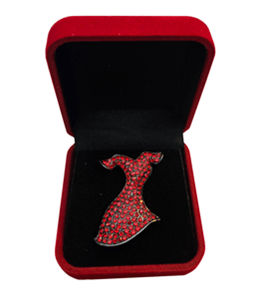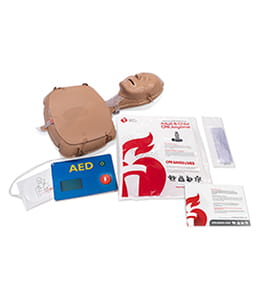 Go Red for Women®
Go Red for Women® Your gift has 2X the power to give families more time
Make your tax-deductible gift early and get MATCHED to help make more time possible for families facing cardiovascular disease, America's No. 1 killer.

Women motivate each other. Educate each other. Support each other. Inspire each other. Let’s Go Red together to be seen, to be counted, to be heard, to make an impact.
Cardiovascular disease is the No. 1 killer of women
Since 2004, the American Heart Association’s signature women's initiative, Go Red for Women, has addressed the awareness and clinical care gaps of women’s greatest health threat, cardiovascular disease (CVD). We are prepared to meet the evolving needs of women now, and at every age, every stage and every season of their lives as their trusted, relevant source for credible, equitable health solutions.
![]()
Nearly 45% of women ages 20+ are living with some form of cardiovascular disease.
![]()
Less than half of women entering pregnancy in the U.S. have optimal cardiovascular health.
![]()
Women experience unique life stages, such as pregnancy and menopause, that can put them at an increased risk for CVD.
What’s Happening Now
Listening To Her Body Helped Save Her Life

Robin Eaton knew something was wrong when she felt stabbing chest pain and arm numbness, so she called 911. First responders told her everything was fine, but the pain was still present, so Robin sought further care. At the hospital, she learned she was having a SCAD heart attack.
5 Tips to Help You Beat Holiday Stress

Can the holiday hustle and bustle bring out the Grinch in you? Try some of these tips to help you reduce stress, regain joy and stay healthy.
Are You Feeling Lonely?

People experience loneliness in different ways for different reasons. Researchers say too much solitude may be harmful to a person’s health and longevity. We have ways to help you cope.
Go Red Together
Find ways to get connected to and support other women.
Connect to a Healthier You
Learn more about risks, prevention, healthy lifestyle, risk reduction and more.
Connect with Your Community
Volunteer, attend an event, join a philanthropic group, or connect on social media.
Connect to Support
Living with cardiovascular disease or caring for someone who does? Find support.
Connect with Research
Participate in research and inspire the next generation of women leaders in STEM careers.
Connect to Make an Impact
Help advance our mission and advocate for policies that support all women’s health and well-being.
Supporting Women at Every Age and Stage of Life
Pregnancy and Maternal Health

Heart disease is the No. 1 killer of new moms. It can pose a threat to women’s heart health during pregnancy and later in life.
Mom Life

Moms, grandmothers, aunts and other maternal figures do so much for their families. But this can mean taking care of their health sometimes comes last.
Menopause

Prioritizing your health is important before and after menopause. Learn about menopause, its symptoms and impact on your health.
Go Red Gear
Pins, pamphlets, shirts and more! We have everything you need to Go Red to
raise awareness, show your support and help fund our mission with every purchase.
Shop & Go Red! raise awareness, show your support and help fund our mission with every purchase.




